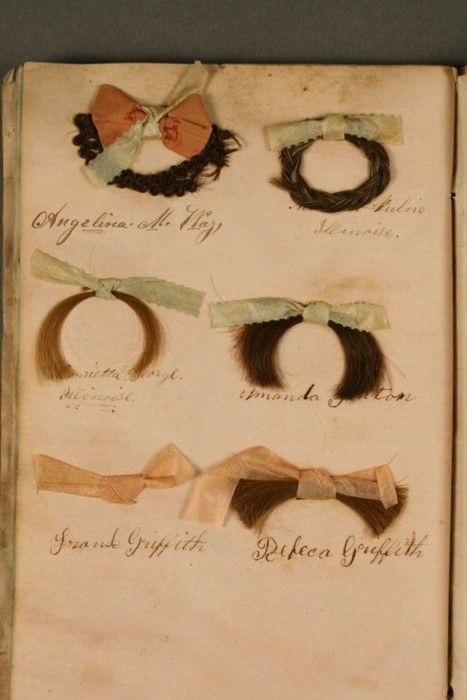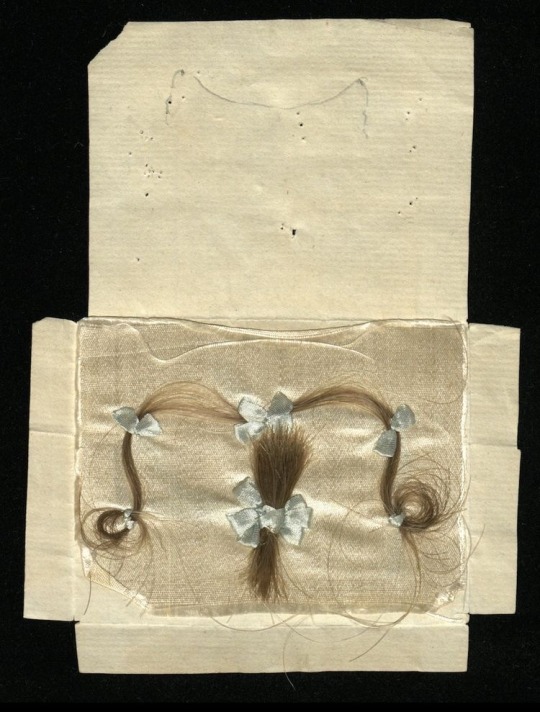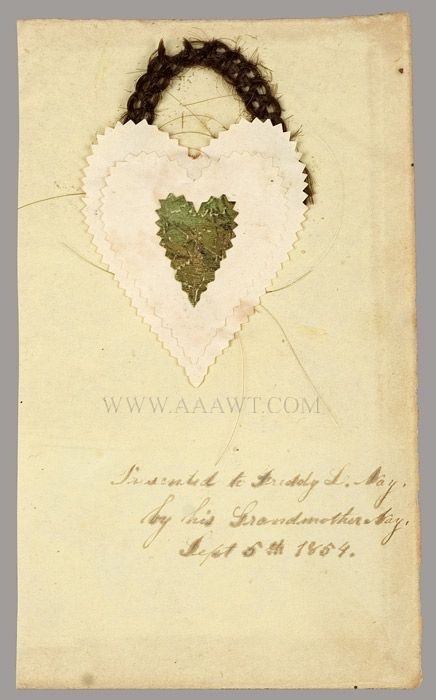isolana
3K posts
Don't wanna be here? Send us removal request.
Text
“Desire is a very scary and uneasy notion. Its mark is absence. Accordingly, a positivistic culture frequently finds itself at a loss to explore it or elaborate its workings.”
— Samuel R. Delany, “The Rhetoric of Sex/The Discourse of Desire”
123 notes
·
View notes
Text
I think everyone's desire to not piss anyone off is killing what is so attractive about personalities in the first place
4K notes
·
View notes
Text
"that's oddly specific!" i live in a world of such detail it would melt your mind
15K notes
·
View notes
Text




Victorian hair art work: used both for scrapbooking and mourning
5K notes
·
View notes
Text



Sadiya Siddiqui in Kali Salwar Aka The Black Garment (Fareeda Mehta, 2002)
102 notes
·
View notes
Text
Just as you wish to hug and protect your younger self, your older self wishes the same for you
4K notes
·
View notes
Text
217 notes
·
View notes
Text
What drives people crazy is trying to live outside reality. Reality is terrible. It can kill you. Given time, it certainly will kill you. The reality is pain—you said that! But it’s the lies, the evasions of reality, that drive you crazy. It’s the lies that make you want to kill yourself.
Ursula K. Le Guin, The Dispossessed
16 notes
·
View notes
Text

Banana Yoshimoto, from her novel titled "The Premonition," originally published in 2015
656 notes
·
View notes
Text
kind of obsessed with this one atm ❣️
tagged by @niurd-main to post the song stuck in my head 🩷🩷🩷 now we can all suffer together
tagging @ladyparamount @richarlotte @04k96 @isolana @kentolvrs @labyrinthgf @organicsynthesis and all the other beautiful women (gender neutral) in my phone
15 notes
·
View notes
Text
I’m attracted to people who have a penchant for the old and forgotten
38 notes
·
View notes
Text
moon into pisces
it's normal to have big feelings in a time like this, even without the moon in pisces. but with this lunar passage, the emotions can feel overwhelming. your own emotions are a lot even for you, and emotions from one person can weigh on another person. be patient and go slow. things are not easy for anyone. actually, if you can afford a nap, take it!
78 notes
·
View notes
Text

entrega de presentes a iemanjá - ilha de itaparica, bahia
3 de fevereiro de 2025
134 notes
·
View notes




